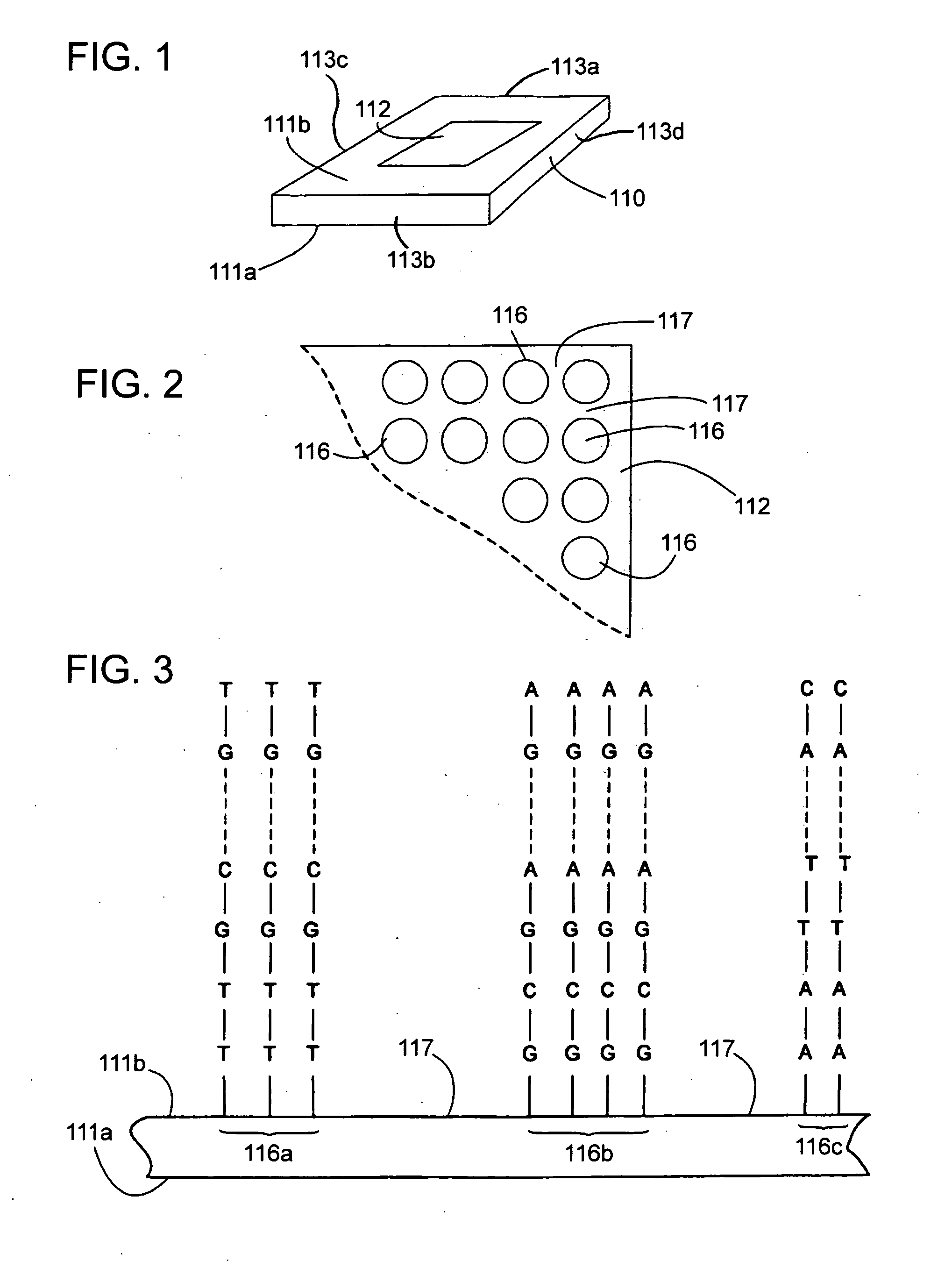Methods and compositions for performing sample heterogeneity corrected comparative genomic hybridization (CGH)
a technology of heterogeneity and comparative genomic hybridization, applied in the field of methods and compositions for performing sample heterogeneity corrected comparative genomic hybridization (cgh), can solve the problems of limiting the resolution of cgh measurements in tumor biopsies, frequently perinatal genetic problems, loss or gain of chromosome segments,
- Summary
- Abstract
- Description
- Claims
- Application Information
AI Technical Summary
Benefits of technology
Problems solved by technology
Method used
Image
Examples
examples
Exemplary Computational Methods of the Invention
[0137] A matrix (P) is constructed using the pure cell type signatures (called the matrix of pure signatures) in which the columns of P represent the genome copy number (GCN) measurements of the normal and abnormal cells studied for a selected set of probes. The columns represent a unit quantity of the relevant cell-type. The set of probes used in the analysis may be all probes represented on the array, or a subset thereof, defined on the basis of the quality of the measurement, chromosomal location, or any other parameter of interest.
[0138] Let q be a vector of quantities, representing the number of each cell-type present in a measured sample. Let m be the GCN profile measured for the sample. Note that P and m are measured ratios or signal intensities, but not logarithmic ratios. Assuming linearity of GCN measurements, one arrives at Equation 1:
Pq=m (Equation 1)
As m is measurable, Equation 1 is solved to get an estimate of unkn...
PUM
| Property | Measurement | Unit |
|---|---|---|
| area | aaaaa | aaaaa |
| area | aaaaa | aaaaa |
| area | aaaaa | aaaaa |
Abstract
Description
Claims
Application Information
 Login to View More
Login to View More - R&D
- Intellectual Property
- Life Sciences
- Materials
- Tech Scout
- Unparalleled Data Quality
- Higher Quality Content
- 60% Fewer Hallucinations
Browse by: Latest US Patents, China's latest patents, Technical Efficacy Thesaurus, Application Domain, Technology Topic, Popular Technical Reports.
© 2025 PatSnap. All rights reserved.Legal|Privacy policy|Modern Slavery Act Transparency Statement|Sitemap|About US| Contact US: help@patsnap.com

